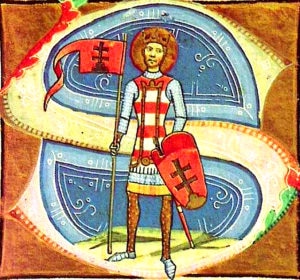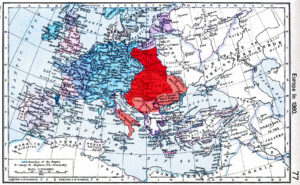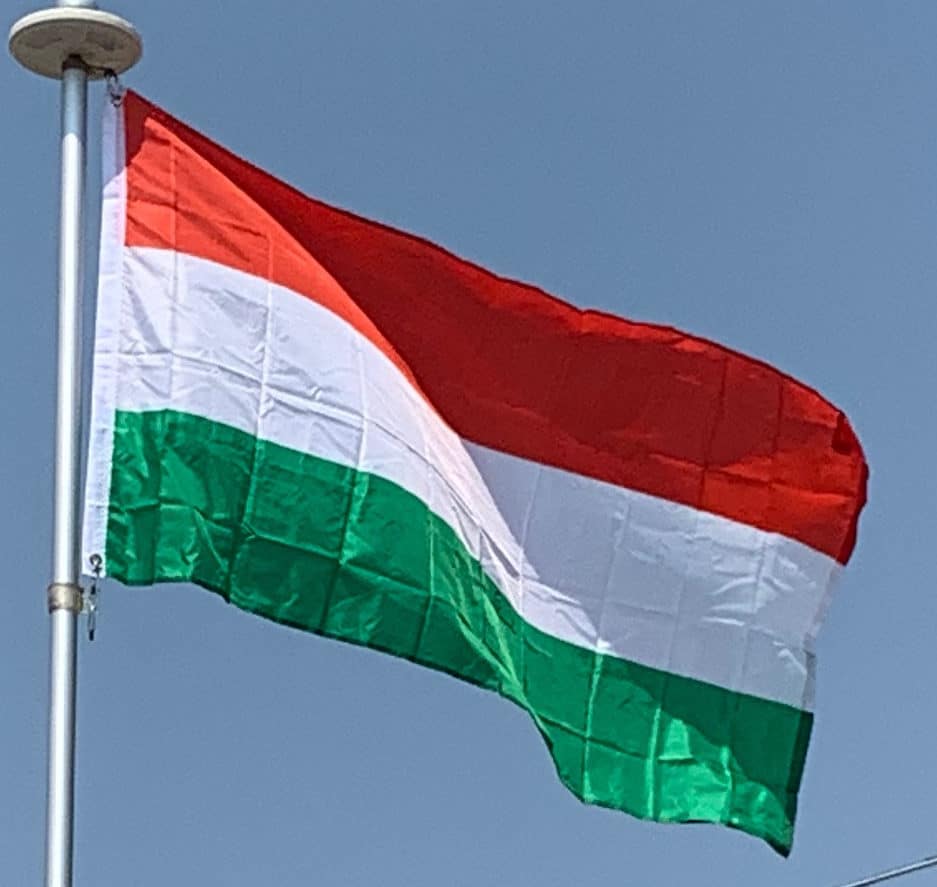The most powerful and wealthiest king of the Árpád dynasty was Béla III, who disposed of the equivalent of 23 tonnes of pure silver a year. This exceeded the income of the French king (estimated at 17 tonnes) and was double the receipts of the English Crown.
Andrew II issued the Diploma Andreanum which secured the special privileges of the Transylvanian Saxons and is considered the first Autonomy law in the world. He led the Fifth Crusade to the Holy Land in 1217, setting up the largest royal army in the history of Crusades. His Golden Bull of 1222 was the first constitution in Continental Europe. The lesser nobles also began to present Andrew with grievances, a practice that evolved into the institution of the parliament (parlamentum publicum).

In 1241–1242, the kingdom received a major blow with the Mongol (Tatar) invasion. Up to half of Hungary’s then population of 2,000,000 were victims of the invasion. King Béla IV let Cumans and Jassic people into the country, who were fleeing the Mongols. Over the centuries, they were fully assimilated into the Hungarian population.
As a consequence, after the Mongols retreated, King Béla ordered the construction of hundreds of stone castles and fortifications, to defend against a possible second Mongol invasion. The Mongols returned to Hungary in 1285, but the newly built stone-castle systems and new tactics (using a higher proportion of heavily armed knights) stopped them. The invading Mongol force was defeated near Pest by the royal army of Ladislaus IV of Hungary. As with later invasions, it was repelled handily, the Mongols losing much of their invading force.
Age of Elected Kings:
The Kingdom of Hungary reached one of its greatest extents during the Árpádian kings, yet royal power was weakened at the end of their rule in 1301. After a destructive period of interregnum (1301–1308), the first Angevin king, Charles I of Hungary – a bilineal descendant of the Árpád dynasty – successfully restored royal power, and defeated oligarch rivals, the so-called “little kings”. The second Angevin Hungarian king, Louis the Great (1342–1382), led many successful military campaigns from Lithuania to Southern Italy (Kingdom of Naples), and was also King of Poland from 1370. After King Louis died without a male heir, the country was stabilized only when Sigismund of Luxembourg (1387–1437) succeeded to the throne, who in 1433 also became Holy Roman Emperor. Sigismund was also (in several ways) a bilineal descendant of the Árpád dynasty.

The first Hungarian Bible translation was completed in 1439. For half a year in 1437, there was an antifeudal and anticlerical peasant revolt in Transylvania, the Budai Nagy Antal Revolt, which was strongly influenced by Hussite ideas.
From a small noble family in Transylvania, John Hunyadi grew to become one of the country’s most powerful lords, thanks to his outstanding capabilities as a mercenary commander. He was elected governor then regent. He was a successful crusader against the Ottoman Turks, one of his greatest victories being the Siege of Belgrade in 1456.
